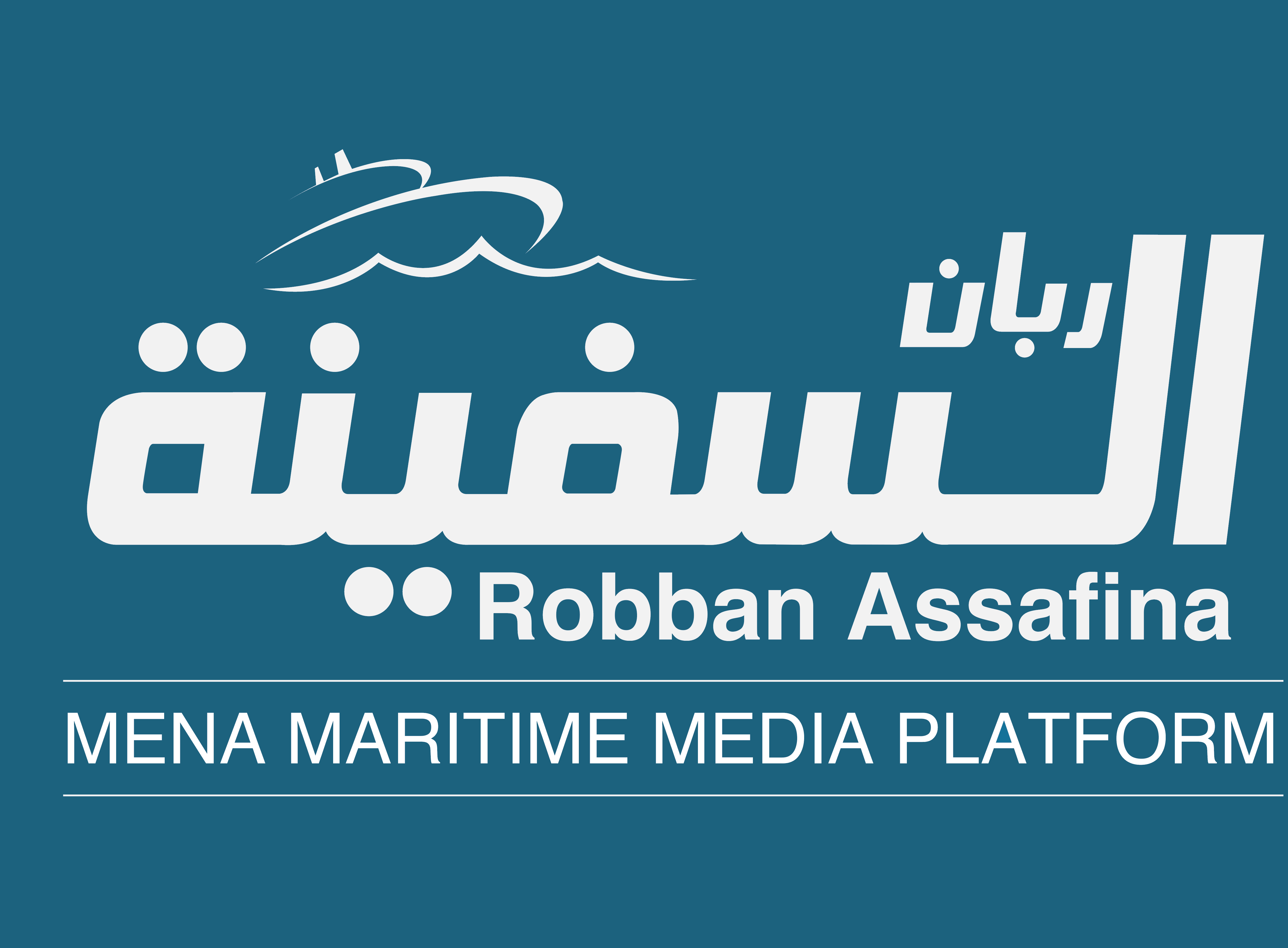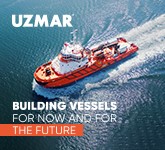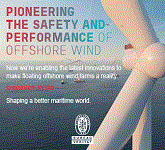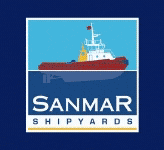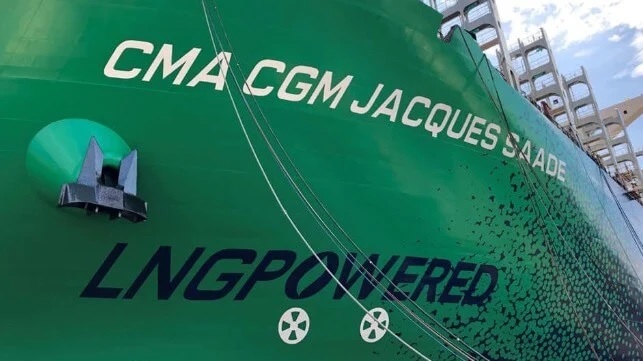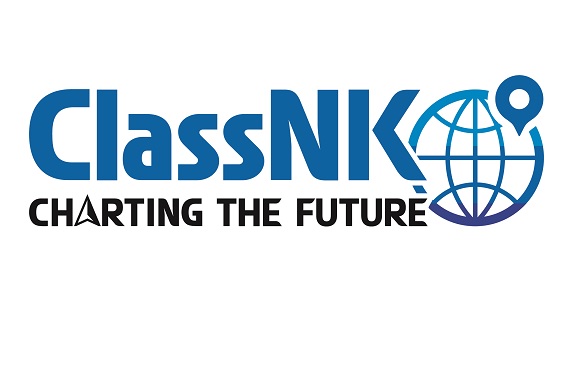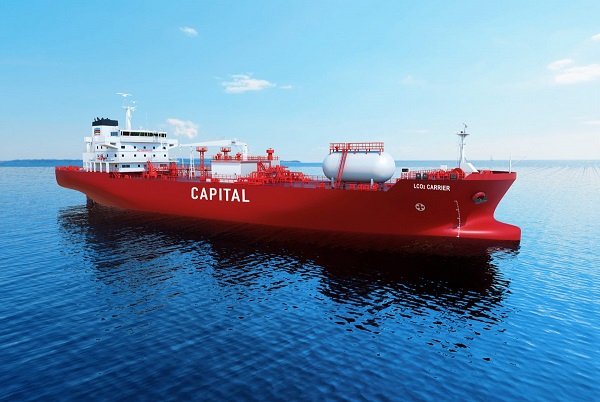WinGD’s Dr. Holtbecker reveals to Robban Assafina the company's future vision towards sustainability
On an innovative pathway to deliver smart power solutions, WinGD is rapidly advancing the development of engine designs for alternative, low-carbon fuels. Dr. Rudolf Holtbecker, Executive Director Operations, WinGD, spoke to Robban Assafina at Nor-Shipping 2023 about how the company’s latest engines and hybrid solutions can reduce shipping’s carbon footprint.
WinGD’s vision is powering transformation for a sustainable future, what is WinGD’s plan to reach its goal?
WinGD’s current focus is the new fuels, which offer the most potential for decarbonising shipping. We have been advancing the efficiency of engines for more than 100 years having reached close to the physical possible limits. For a bigger step now we are putting our efforts towards shipping’s target of reducing its carbon footprint by burning sustainable fuels.
It’s certainly a big challenge as things are moving very fast, especially with the IMO’s clear targets, so we need to react quickly to make sure vessels can meet those ambitions. New vessels should be built with the possibility to run on green fuels, anticipating a time when they are more widely available.
| Read More: WinGD on track to deliver ammonia engines in 2025 |
The maritime industry is undergoing huge developments, how is WinGD ensuring the future engine designs match future fuels?
We are carrying out a big technology program to adapt our engines. Researches and development into how these fuels react and how fast they burn is already shaping the combustion process we want to use. We have decided to go for the diesel process for Ammonia and Methanol, giving the best balance between efficiency and emissions.
After deciding the combustion concept we have also started to develop the injection system and after that we will use test engines to validate the designs. The new engines will be introduced from 2025.
We heard that WinGD’s dual-fuel X-DF2.0 engines have powered two newly delivered car carriers for Japanese ship owner “NYK Line”. Do these technologies meet the future CII requirements and IMO’s current greenhouse gas emission target for 2030?
These engines have the latest technology to improve efficiency and emissions, especially methane slip, and the vessels also feature our X-EL hybrid solution, integrated by WinGD, to further improve efficiency. These technologies meet CII requirements until well into the future and offer the lowest emissions possible today.
It is a big jump to meet the 30% reduction required by IMO’s 2030 target. Part of that has been achieved by using LNG, but many other factors must be included, such as optimised energy management and vessel design.
Despite the challenges that the maritime industry is facing, what makes WinGD Industries distinguished in its services?
WinGD has been delivering engine innovation for 125 years and we have built up a strong market presence and close relationships that support customers worldwide. That will be essential as the new technologies needed to decarbonise shipping – alternative fuel engines, hybrid solutions and digital optimisation - require experience and expertise to interpret data, understand operations and support the crew to use them in a safe, professional and efficient manner. This is all part of what WinGD offers. Our WiDE diagnostics service is one key to how we do this, giving ship operators insight into engine performance and troubleshooting assistance as well as connecting them to WinGD experts worldwide for further support.
Robban Assafina Magazine, Issue 85, Jul./Aug. 2023, Maritime Host, pg. 82
| Read Here | |
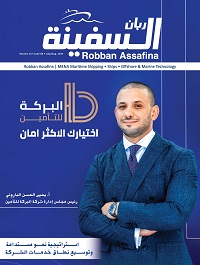 |
|

